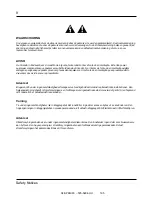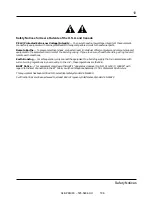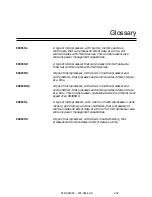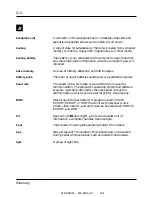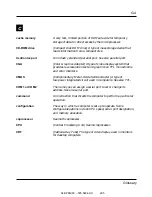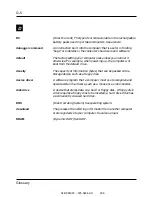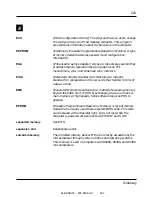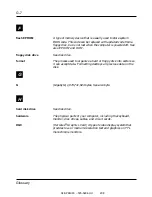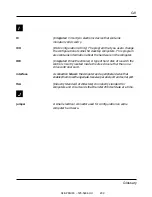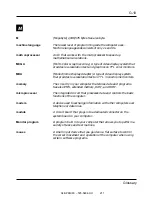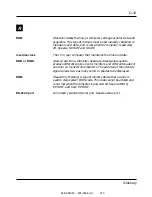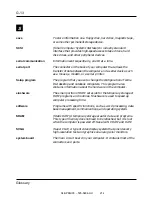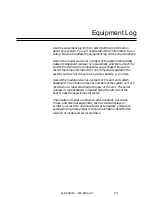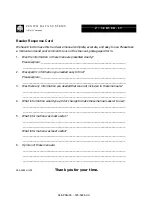
S
save
To store information on a floppy disk, hard disk, magnetic tape,
or some other permanent storage device.
SCSI
(Small Computer System Interface) An industry standard
interface that provides high-speed access to tape drives, hard
disk drives, and other peripheral devices.
serial communication
Information sent sequentially, one bit at a time.
serial port
The connector on the back of your computer that allows the
transfer of data between the computer and a serial device, such
as a mouse, a modem, or a serial printer.
Setup program
The program that you use to change the configuration of some
ISA desktop and notebook computers. This program also
contains information about the hardware in the computer.
slushware
The small portion of RAM set aside for the temporary storage of
ROM programs and routines. Slushware is used to speed up
computer processing time.
software
Programs with specific functions, such as word processing, data
base management, communications, and operating system.
SRAM
(Static RAM) A temporary storage area for data and programs.
This type of memory does not need to be refreshed, but it is lost
when the computer is powered off. See also NVRAM and RAM.
SVGA
(Super VGA) A type of video display system that provides very
high-resolution text and graphics on analog color monitors.
system board
The main circuit board in your computer. It contains most of the
connectors and ports.
04/APRIL/93 – 595-5484-UU
214
G-13
Glossary

